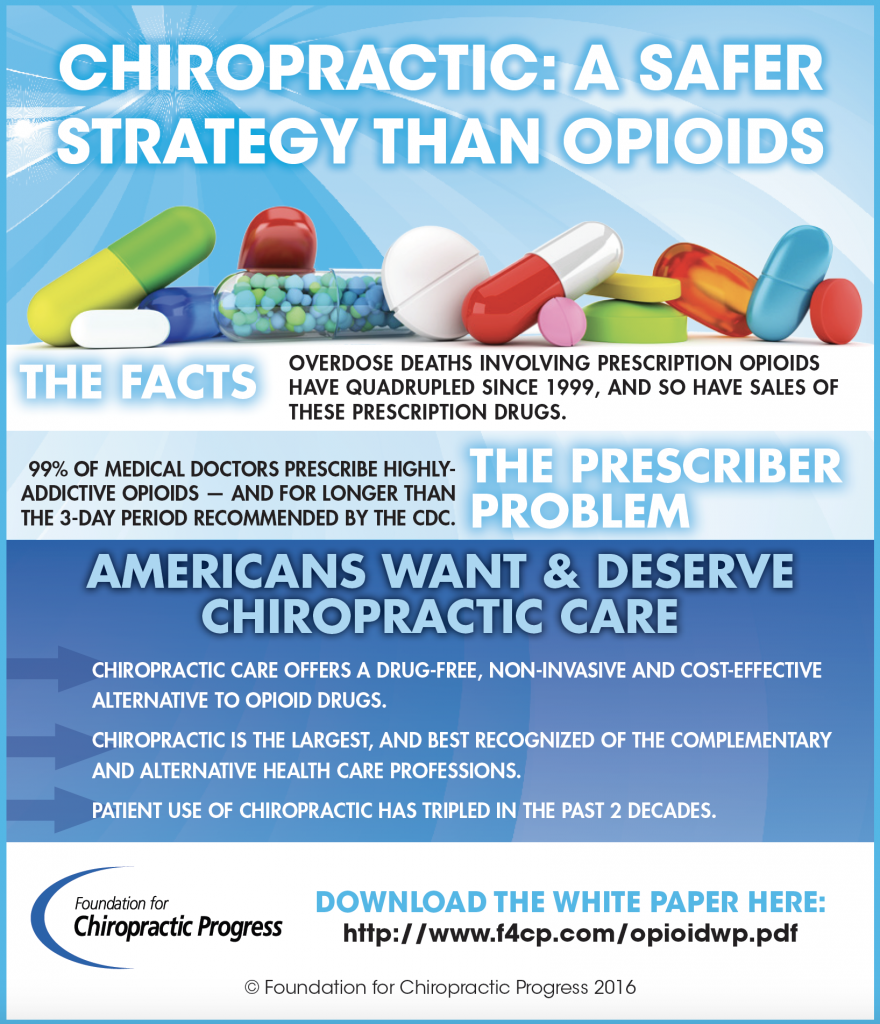Understanding The Distinctions Between Cold Laser Therapy And Standard Treatments
Understanding The Distinctions Between Cold Laser Therapy And Standard Treatments
Blog Article
Post Created By-Mccormick Kara
When considering your treatment options, it's essential to understand the differences between cold laser treatment and typical techniques. Cold laser treatment uses certain light wavelengths to boost recovery without discomfort, while traditional therapies often include medications or intrusive procedures. Each approach has its benefits and drawbacks, which can considerably influence your recovery. So, what variables should you consider to determine which approach could be best for you?
Mechanisms of Activity: Exactly How Cold Laser Therapy Functions Compared to Conventional Treatments
While conventional therapies commonly count on pharmaceuticals or intrusive treatments to alleviate pain and advertise recovery, cold laser therapy uses a non-invasive strategy that straight targets damaged cells.
This therapy employs particular wavelengths of light to pass through the skin, stimulating cellular task in impacted locations. You'll discover that the light energy advertises ATP production, boosting cellular metabolic rate and assisting in tissue repair.
Unlike laser quit , cold laser therapy does not create warm or trigger pain, making it a more tolerable option. By raising blood circulation and minimizing swelling, it encourages faster healing without negative effects related to medications.
As you explore your alternatives, recognizing how these devices work can assist you make notified decisions concerning discomfort administration and recuperation strategies.
Advantages and Efficiency: Assessing Outcomes of Cold Laser Treatment Versus Conventional Techniques
As you compare cold laser therapy to standard therapies, you'll locate that the advantages and effectiveness of this innovative approach can be rather compelling.
Cold laser therapy usually brings about quicker discomfort relief and lowered swelling without the side effects commonly associated with drugs or invasive treatments. Individuals regularly report boosted wheelchair and faster recuperation times, making it an enticing option for different conditions, consisting of musculoskeletal injuries and chronic pain.
Furthermore, its non-invasive nature indicates fewer threats of issues, permitting you to resume day-to-day tasks quicker. Many researches sustain its effectiveness, showing significant enhancements suffering administration and recovery prices.
Potential Disadvantages: Risks and Limitations of Cold Laser Therapy and Conventional Treatments
In spite of the appealing advantages of cold laser therapy, it is very important to consider prospective downsides and restrictions related to both this treatment and conventional approaches.
Cold laser therapy may not be effective for everyone, and its outcomes can differ based on individual conditions. Some people may experience light side effects, such as temporary pain or skin irritability.
On the other hand, standard treatments often feature risks like negative effects from drugs or difficulties from invasive procedures. Furthermore, typical therapies may need longer healing times.
It's vital to consider these elements when choosing a therapy plan. Consulting with a health care expert can assist you establish the best approach for your particular demands and scenarios.
Conclusion
To conclude, understanding the differences in between cold laser therapy and traditional treatments can equip you to make informed health care selections. Cold laser therapy offers a non-invasive alternative with quicker pain alleviation and less adverse effects, while traditional approaches might be extra familiar however might entail longer healing times. Weighing the benefits and drawbacks of each method is important for discovering the very best service for your specific requirements. https://www.youarecurrent.com/2022/01/27/espot-medical-spa-opens-laser-treatment-center-in-carmel/ on your reactions and look for professional support to navigate your treatment choices.
